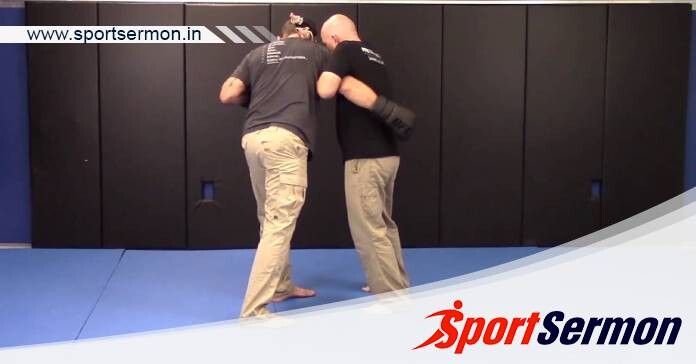Creating Angles in MMA: A crucial component of mixed martial arts is attacking and defending from various angles. Fighters square off when their centerlines are facing each other and they are in a 50/50 position. This frequently results in a brawl and puts both combatants squarely in the line of any straight blows. Although this is enjoyable for the spectators, it exposes both fighters to more immediate and long-term harm. A fight may become a physical game of chess by making angles both when defending and striking. Similar to Brazilian Jiu-Jitsu, establishing dominance before assaulting leads to greater overall success.
Methods for Creating Angles in MMA
Check out the methods for creating angles in MMA:
1) Stance
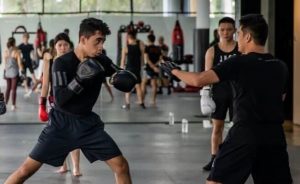
The basis of your fighting style is your fighting posture. Fighting stances come in a wide variety of forms and variants; proficient strikers select a stance that complements both their fighting style and physical characteristics. Your feet should be shoulder-width apart in a standard MMA striking stance, with your dominant side in the back. Your body should be angled at around 45 degrees, with your lead foot’s big toe and back heel aligned with each other. Your centerline is represented by this line, which is a crucial consideration when drawing angles. With a little bit extra weight on the back side, the weight distribution should be equal between the two legs.
Your lateral mobility will be restricted if you bear most of your weight on your front leg.
You will modify your posture as you earn more experience to better suit your unique fighting style. It is impossible to exaggerate the significance of creating a strong, effective attitude. Your fighting stance is the starting point for creating angles and the footwork required for it. The first one is by Kajan Johnson, a former UFC fighter, and the second one has Justin Gaethje, a current UFC fighter, and Coach Trevor Wittman.
You might also be interested in reading this: Tips For Wrestlers Who Are Transitioning into MMA
2) Footwork
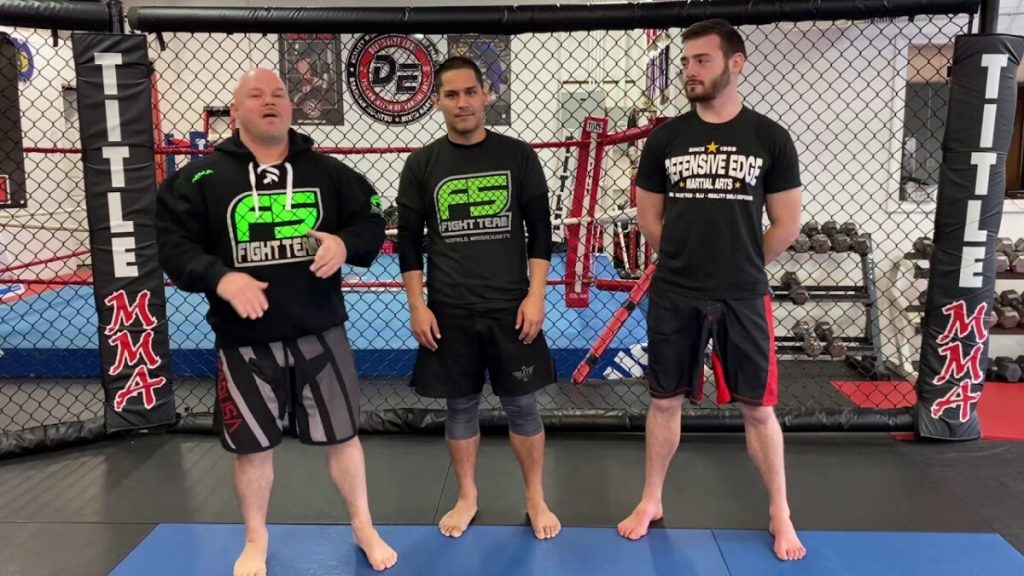
An important part of making angles is having neat, effective footwork. Punching in time with your feet is a prerequisite for trying to angle off. Combat sports have movements that are somewhat different from how people walk, therefore getting used to it will need training. You should walk with the same side foot that you are punching with in combat sports, such as mixed martial arts (MMA). This implies that you stride with your lead foot while throwing a jab and your rear foot when throwing a cross. Though the idea is straightforward, it can be challenging to carry out when facing the stress of a live fight or even just sparring.
Punching while walking is a basic line technique that can help you synchronise your punches with your feet. Throw jabs and crosses while moving forward and backwards along an imaginary line. Your lead foot will move forward when you deliver your jab. Your back foot will move forward when you release the cross. When you want to throw a jab backwards, start with your back foot and move your lead foot rearward while throwing the jab.
A more complex version of this exercise uses a slip rope. Using hand wraps or a piece of wire strung directly over your shoulder height, you can quickly put this up at home. Start at the point where your glove and shoulder meet the slip line on either side. Step forward or backwards to practise throwing combinations, then roll beneath the slip line with your feet. An opponent’s straight punches are represented by the slip line; if you drill after you throw your combos, you’ll be very hard to hit. As you roll beneath the slip line and deliver your punches, make sure to maintain a tight, high guard.
You can start using more complex footwork, such as Yodkhunpon Sittraiphum’s galloping step, if you are at ease with fundamental footwork. Though more frequently observed in Muay Thai and Kickboxing, this style of footwork may be just as successful in MMA if used properly. Stepping ahead with your lead leg and gliding your rear leg in tow is how the gallop begins. You can skip forward with your lead leg while your back leg glides forward. This kind of footwork works well for applying pressure to your opponents and closing or opening up distance fast.
The idea is to go off your opponent’s centerline so that you are out of range of most of their assaults, regardless of the footwork patterns you choose to use. Any footwork that allows you to leave your opponent’s centerline while keeping your own is referred to as “taking an angle.”
3) Punching
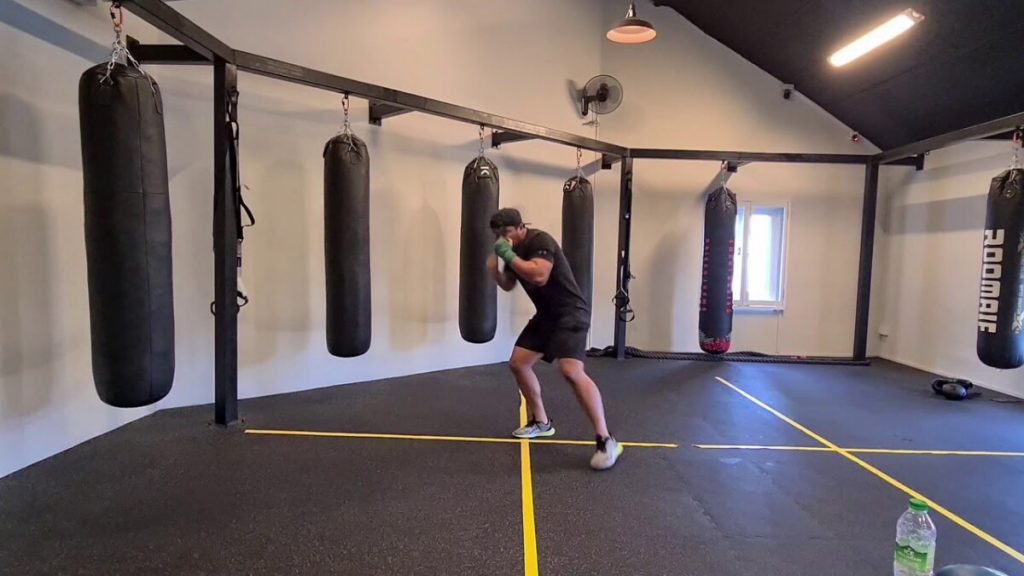
Even though the aforementioned footwork patterns are crucial for establishing angles, no opponent will allow you to take or hold such angles without a struggle. You may effectively generate angles without your opponent realising by using your punches as diversions! One way to do this is to step and slip to your right, then throw a lead hook to establish an angle after a rear uppercut. Even if you both launch your punches at the same time, your cross will hit before your opponent’s if they don’t shift their hips and feet to face you in your new posture. This is because your centerline faces you, whereas your opponent’s does not.
4) Kicking
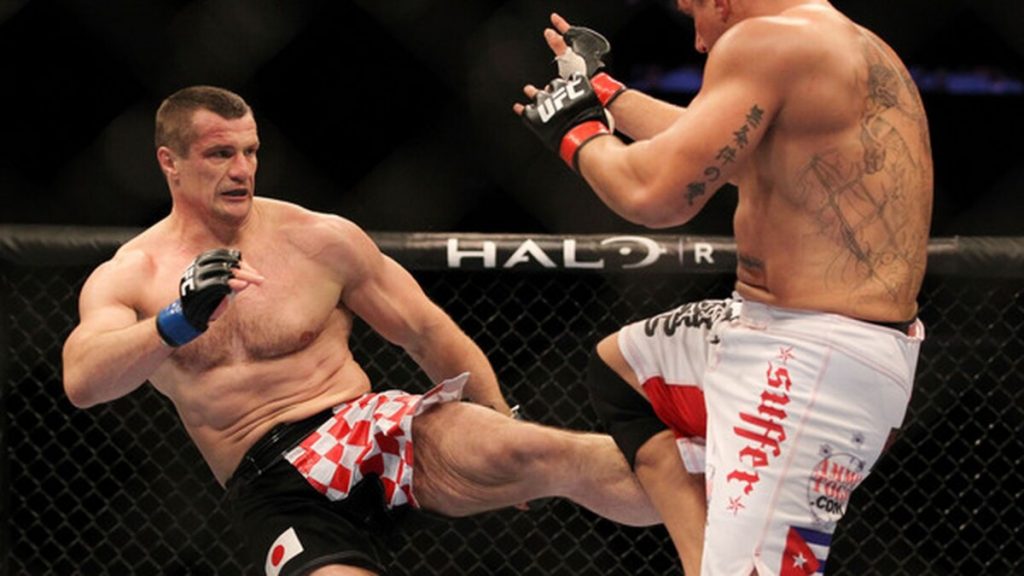
You may also effectively generate angles on your opponent by kicking them. When you land a body kick, your opponent will be essentially frozen in position, giving you the opportunity to angle yourself while you pull back your kicking leg. You could, for instance, kick your opponent in the body with a right roundhouse kick. Push off with your left foot and pull your leg back halfway after landing the kick to your right side. As a consequence, you won’t telegraph your movement and will land in your stance facing your opponent from the side. As your opponent must turn to face you, you can counter with attacks or a takedown from this posture.
Kicks that are low are also useful for forming angles. A couple of well-placed low kicks to your opponent’s thighs will cause them to move more slowly. Their mobility will slow down further the more harm you can deal to their legs. Given that the calf is a smaller muscle than the quadriceps, the calf kick is particularly helpful in this situation. After absorbing one of your full-power low kicks, your opponent will begin to check or avoid, even though they will deal the greatest damage. Eliminate the hip turnover and chamber when you hit to accelerate your kicks rather than doing more full-power kicks.
It may sound strange, but some of the top low kickers in kickboxing and Muay Thai have achieved remarkable success with this type of low kick, which is also known as the setup low kick.
Once you have mastered the setup low kick, you may slant out to one side or use it as a feint to narrow the distance. The fighting tactics of fighters like Brad Riddel, Israel Adesanya, and Alexander Volkanovski all use a rear hip feint. New Zealand’s City Kickboxing is an MMA gym that uses a lot of these kinds of feints in its training.
In summary
Any boxer who wants to land punches without taking hits must first establish angles. to master the aforementioned methods, drill principles, and angle creation until they come naturally. Try incorporating angles into your next sparring practice by employing the ideas that were covered!
These are the methods for creating angles in MMA. Let us know your thoughts in the comment section below.

